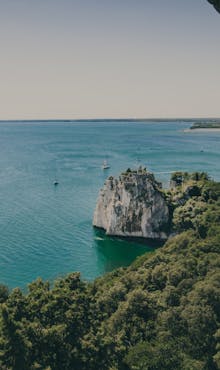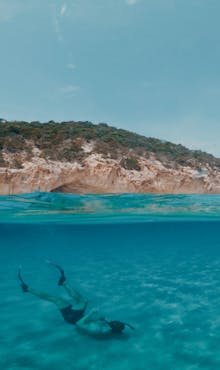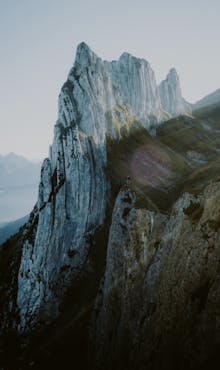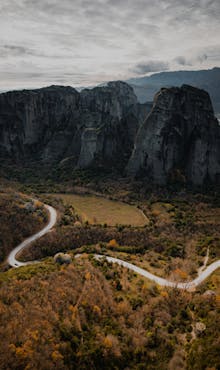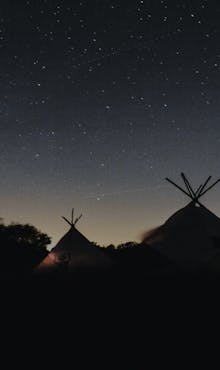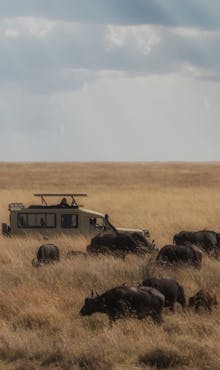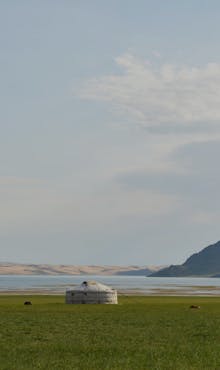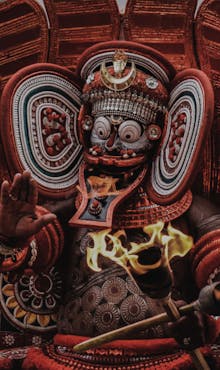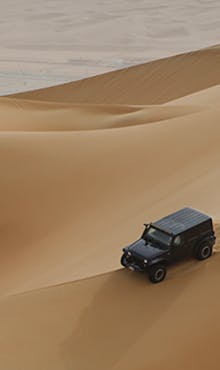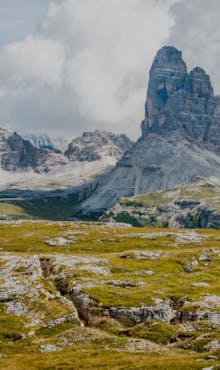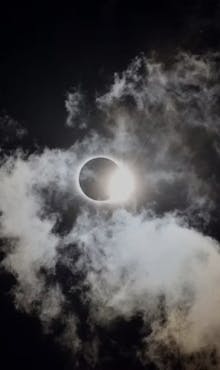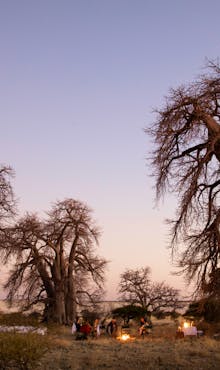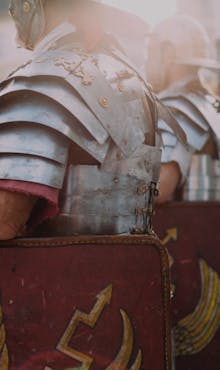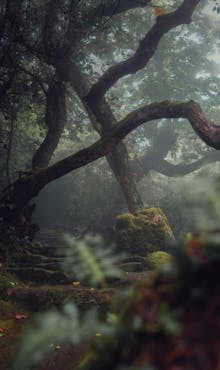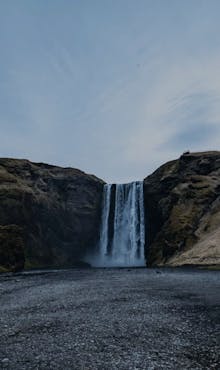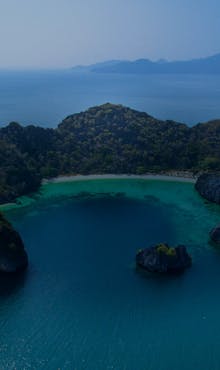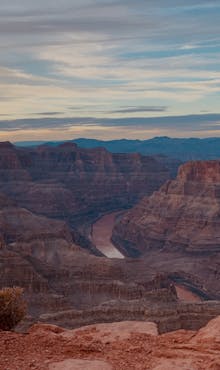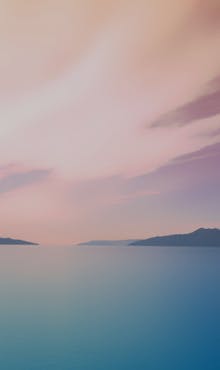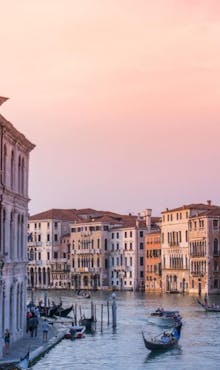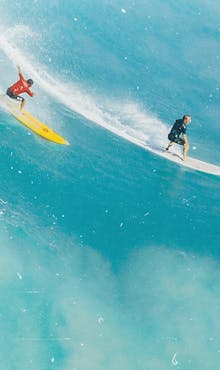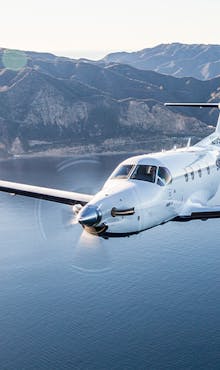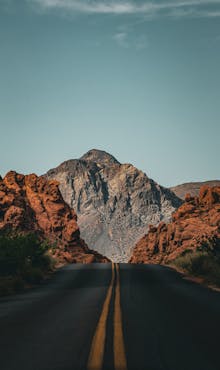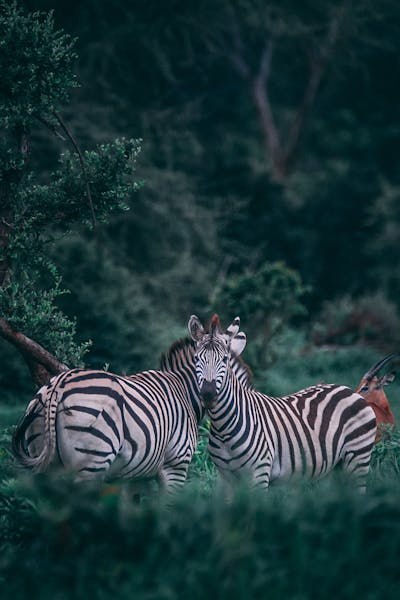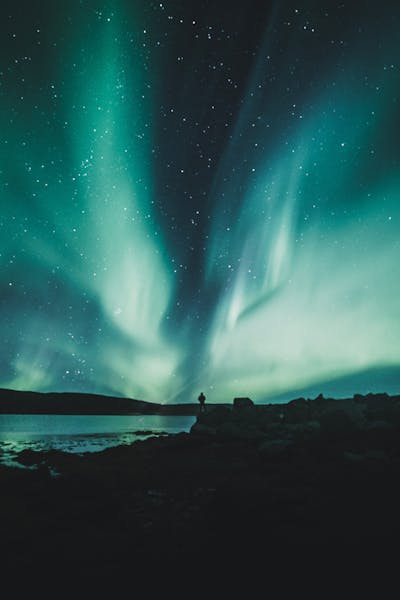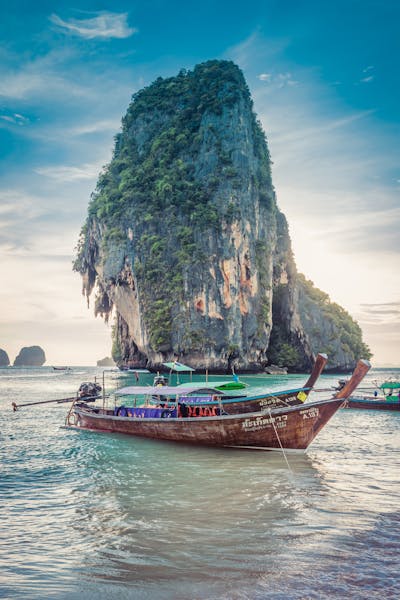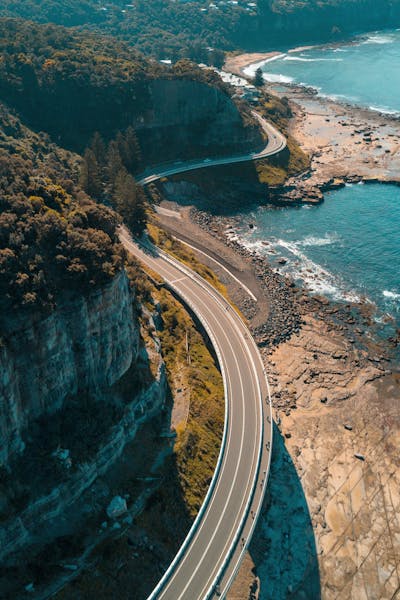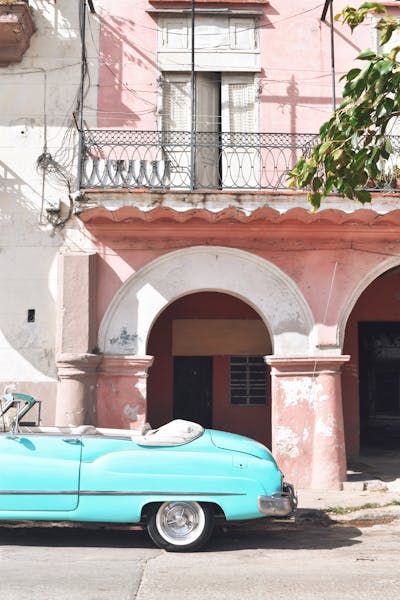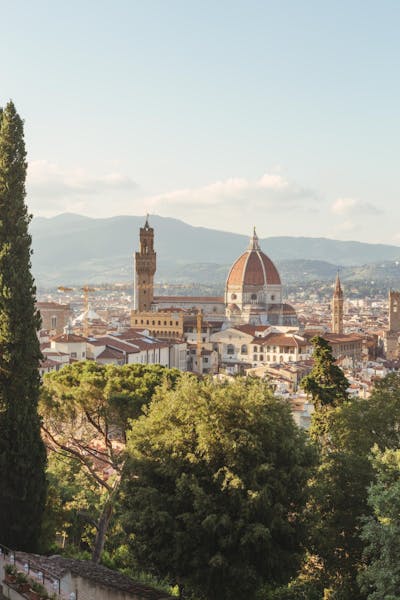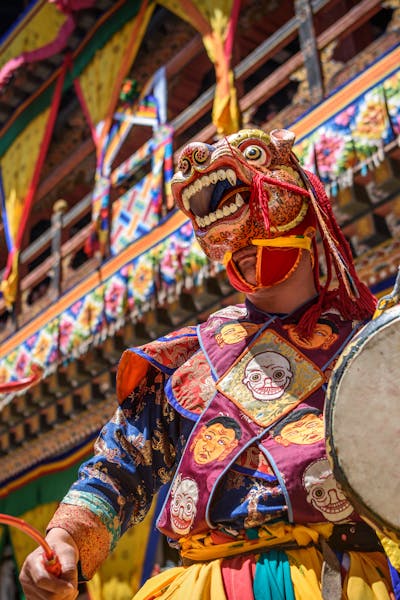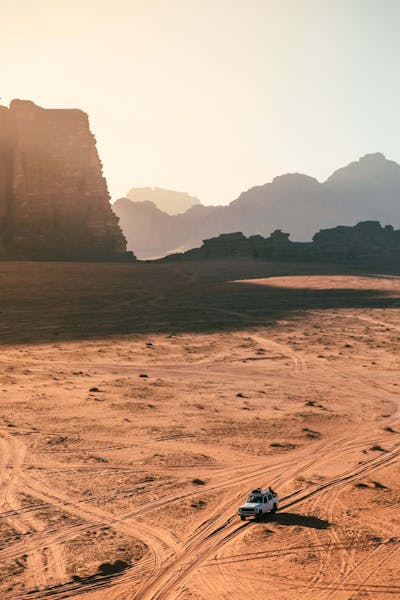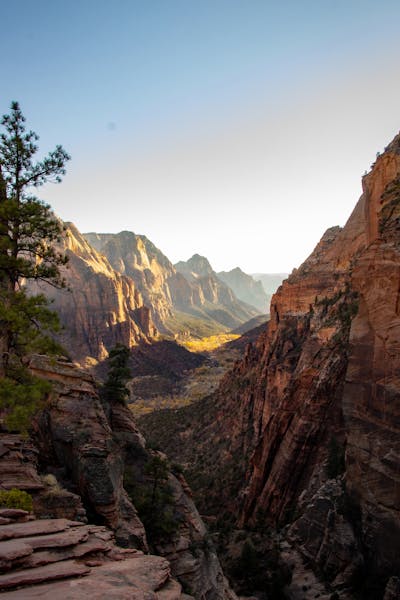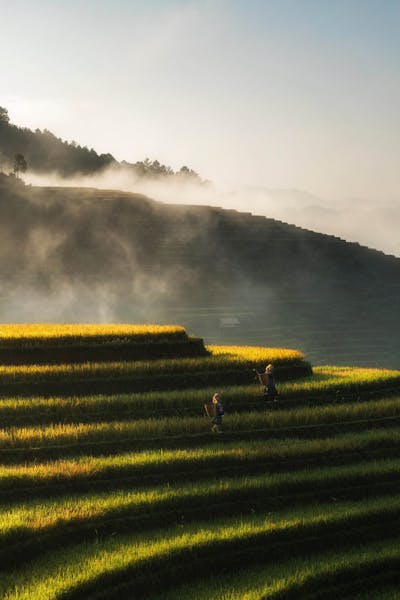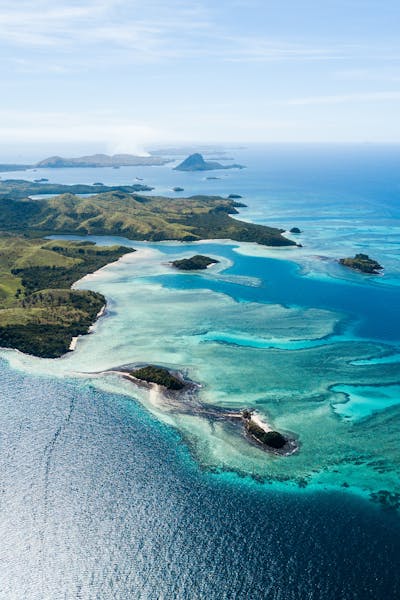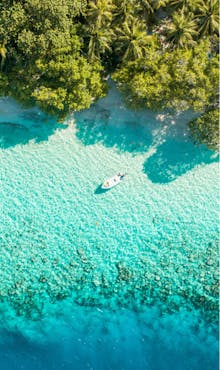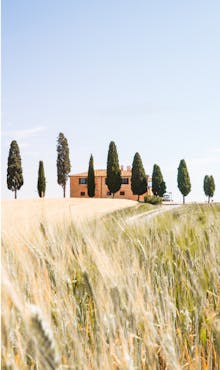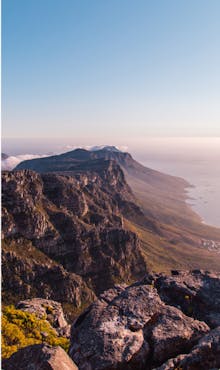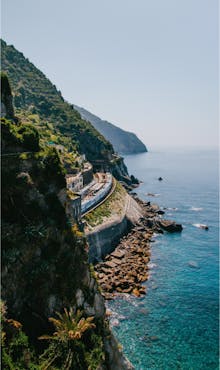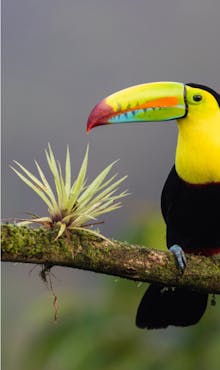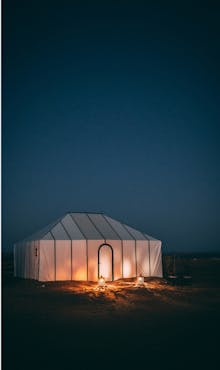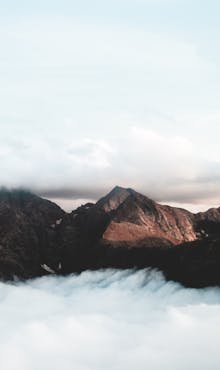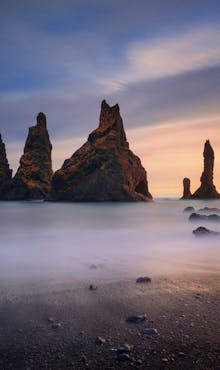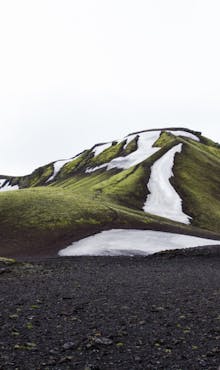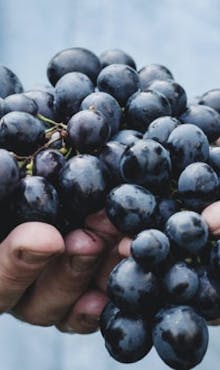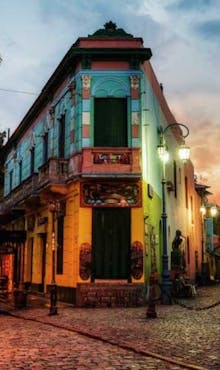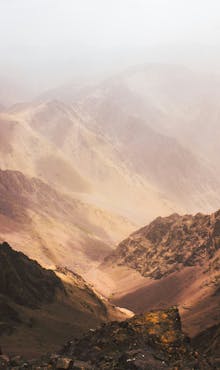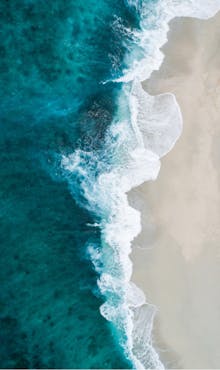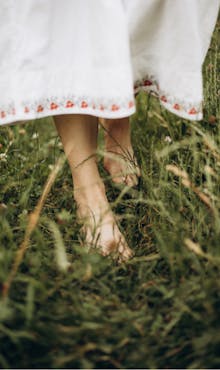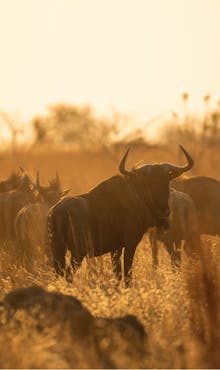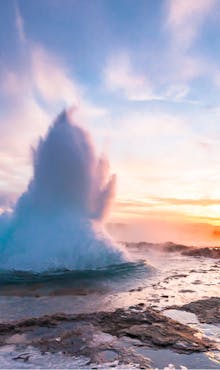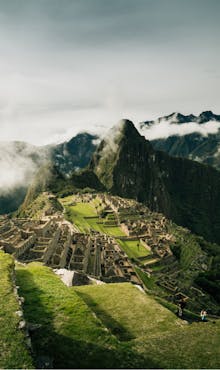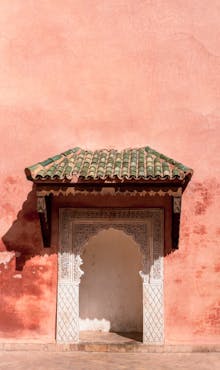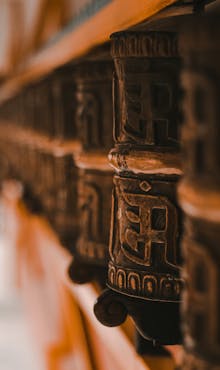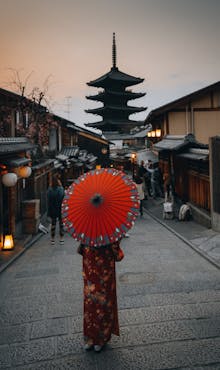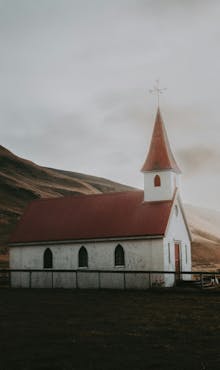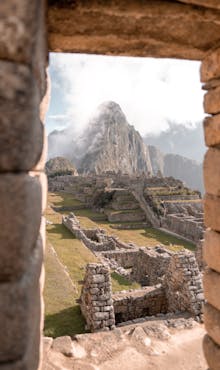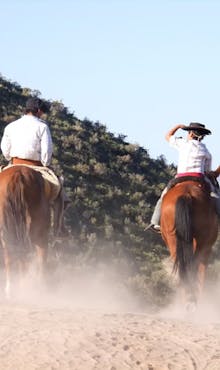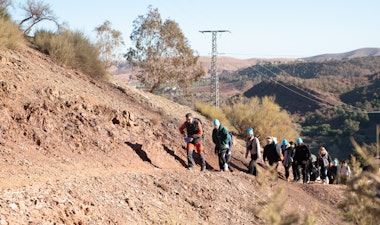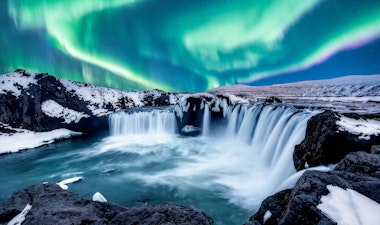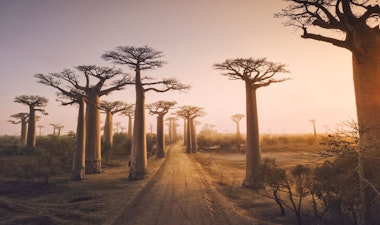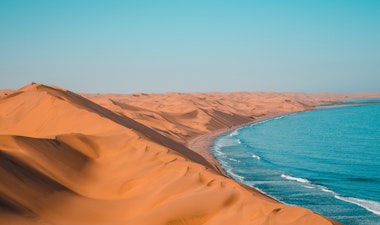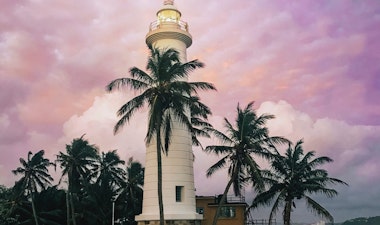Kenya and Tanzania, home to the greatest show on earth.
The world is full of natural wonders. None, however, are as jaw-dropping as the mass migration of 1.5 million wildebeest and zebra across the African savannah, carpeting the plains for as far as the eye can see. It’s the natural world at its most overwhelmingly beautiful, an experience that stretches the imagination and humbles you in the same breath-taking moment.
Below, we’ll take you through the stages of this incomparable experience, what you’ll see, and where we recommend you stay during your journey.
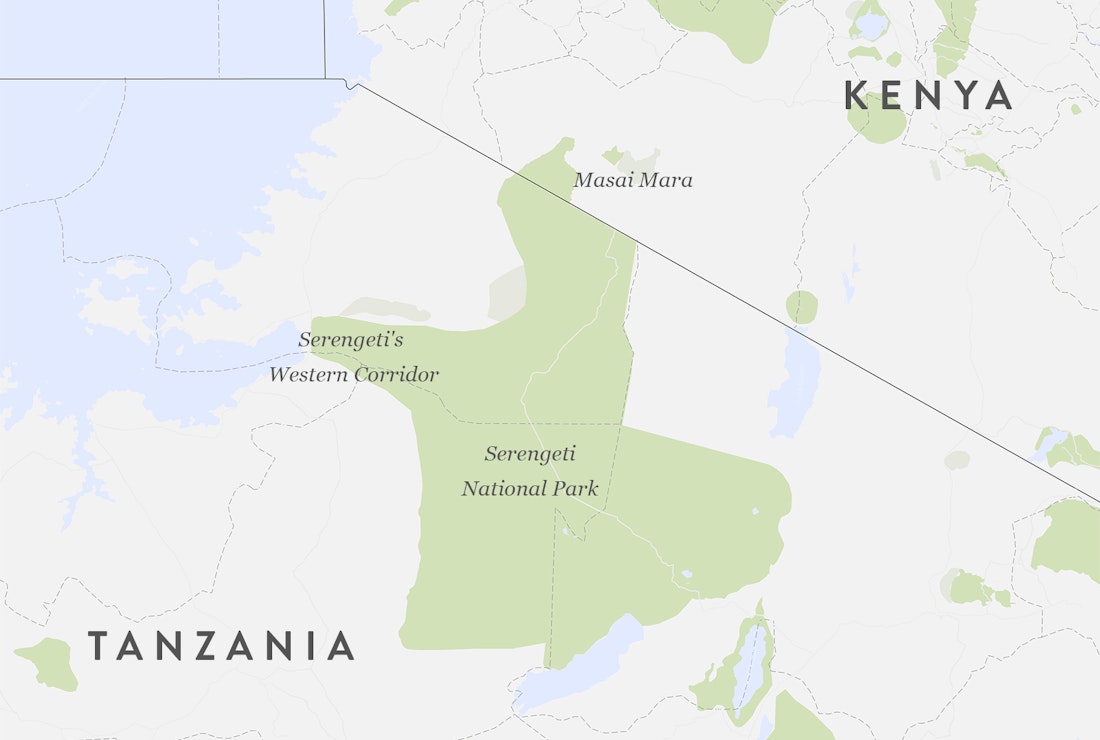
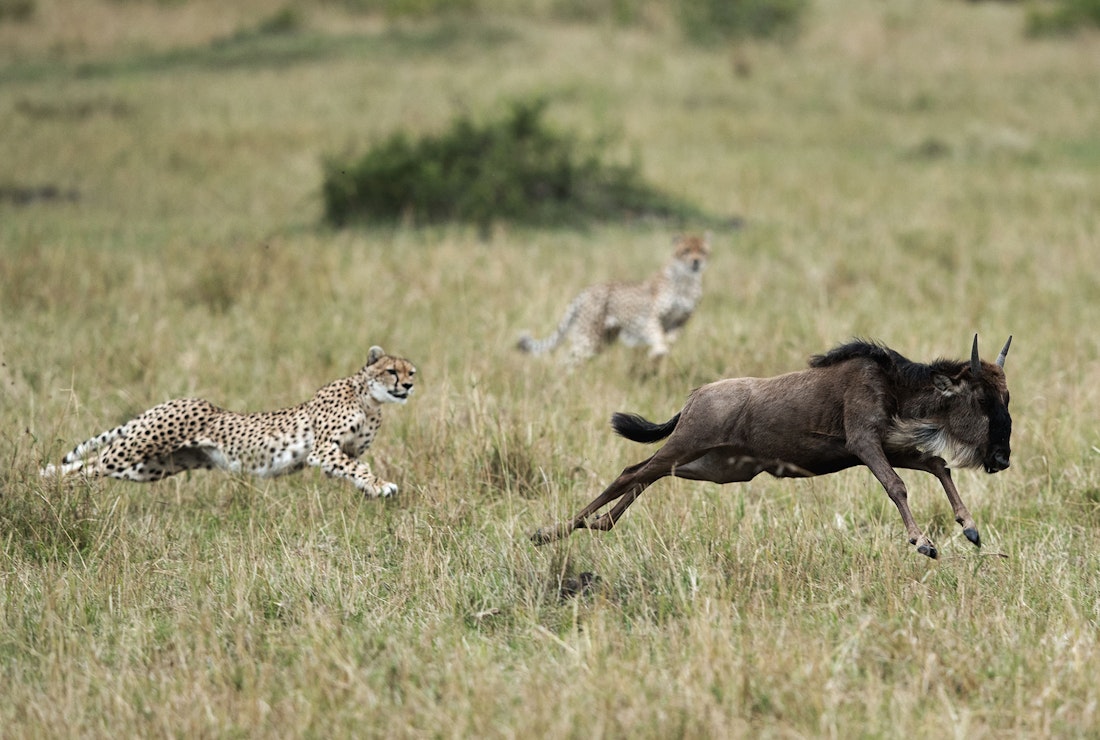
Let’s start at the beginning
The story for all animals in this journey starts on the fields of the Ndutu Region of the Ngorongoro Conversation area in southern Tanzania. It’s calving season and the great herds start to congregate in December.
Following this, amazingly, in the space of 2 – 3 weeks in February upwards of 500,000 calves are born – talk about timing. With so many young at foot, the herds are at both their liveliest and most vulnerable, attracting a plethora of Africa’s most dangerous and exciting predators. If it’s the thrill of the hunt you’re after, there’s no better place across the continent to watch these animals in full flight.
Stay here: Sanctuary Ngorongo Crater Camp
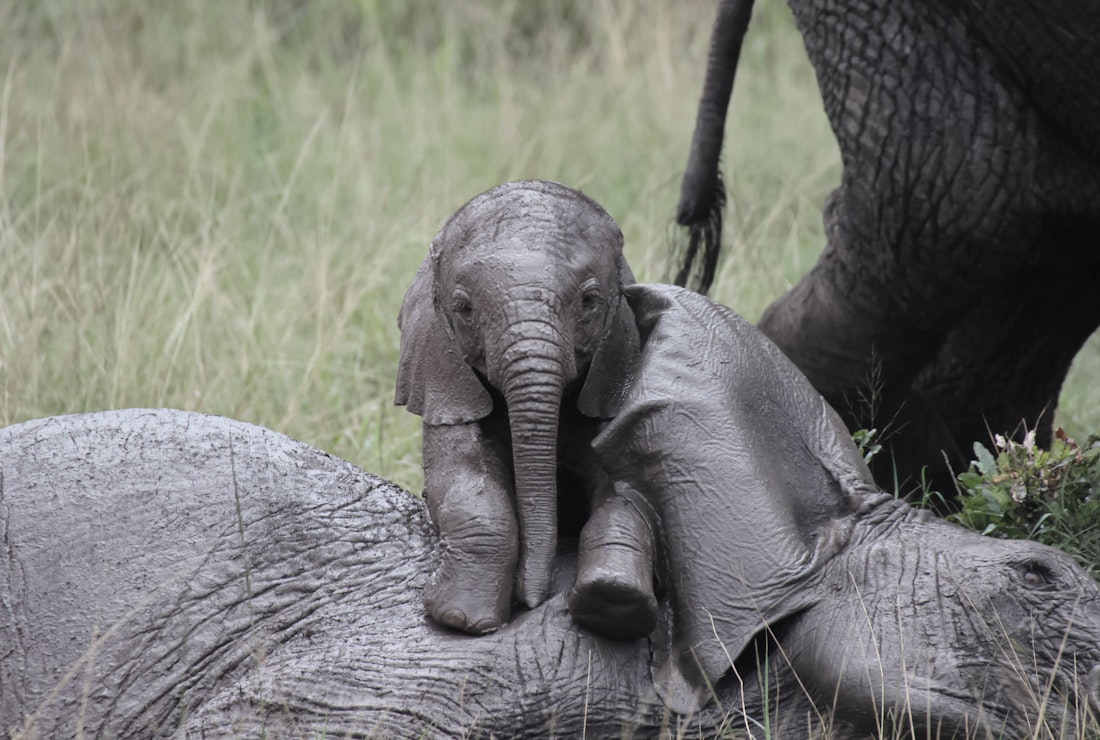
The long trek begins in April and May
After the grasslands have been exhausted the herds begin an unimaginable cooperation and coordination of hundreds of thousands of animals. As you see from the above animation they past west then north west into the long grass plains and woodland of the Serengeti’s Western Corridor. Along with the hooved animals on the open savanna, the woodlands, floodplains and dense forests make this a perfect habitat for elephant, giraffe, hippo and rare colobus monkeys to name a few.
The Grumeti river here is the first real challenge on the long journey, making it a dramatic moment when both the young and the aged animals dare to rush the crocodile-infested gauntlet for the first and or last time.
The area is also less frequented by tourists and makes the experience that much more intimate with the flora and fauna that you soon become immersed within. (The mating season has also just begun as well, if it’s the competition of the rut that you’re interested in).
Stay here: Singita Sasakwa Lodge

The race to the border of Kenya
The Grumeti river, whilst challenging for the herds, is nothing in comparison to the depth, width and currents of their greatest challenge; the Mara River. This is their last crossing before the lush green grasslands of the Masai Mara in Kenya and normally takes place in July / August.
You’ve seen this on TV, it’s the iconic drama of the Great Migration. When one goes, the rest surely follow and the churning waters, predators lying in wait and the sheer volume of animals with an overpowering urge to cross make this spectacle an experience of a lifetime. By staying in one of the remote camps in the region and with the right timing, flying a hot air balloon over the chaos below is, in my opinion, the best safari experience in the world.
Stay here: Serengeti Safari Camp
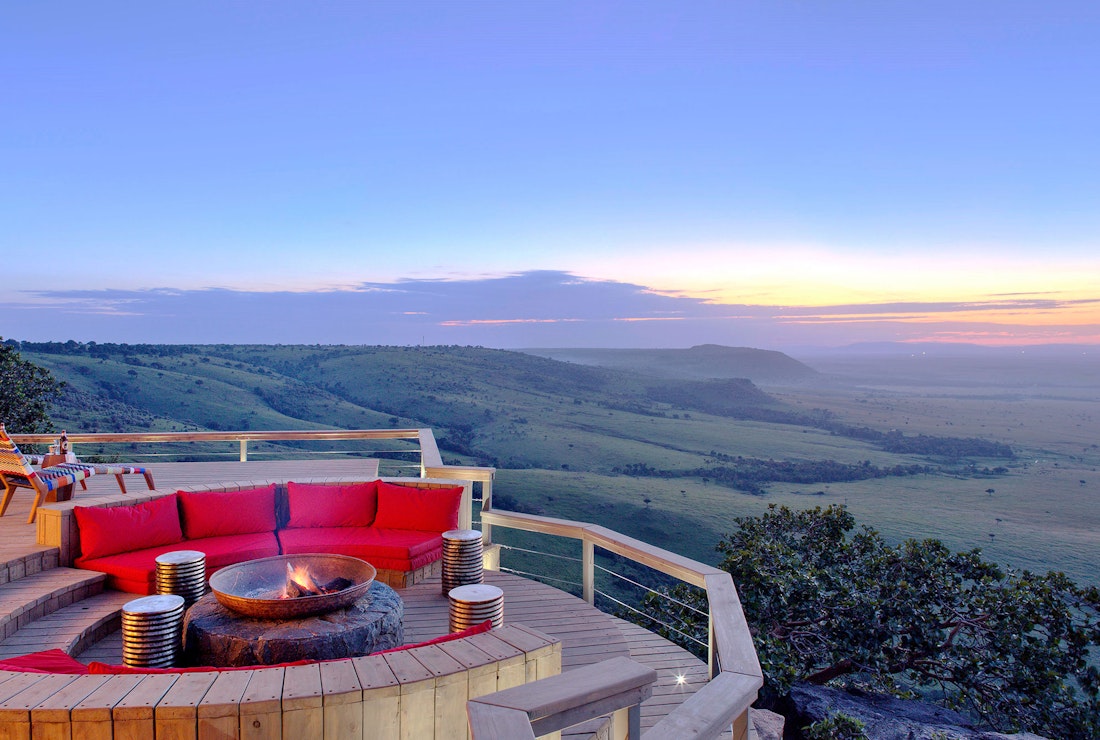
Final stop: Masai Mara
Between August and October the herds settle on the great Masai Mara plains. Whilst here the herds have a different atmosphere to them, settled after their long journey with the calves growing into greater, stronger frames give the herd a new sense of strength. Wherever prey go however, predators follow still. And for us, there’s no better place to be in Kenya than the vantage point of Angama Mara. With views and experiences that will take you into this world of wildlife on your doorstep it really is one of the most exclusive lodge’s in the whole of Africa.
Stay here: Angama Mara
The circle of life is complete
In November the rains in the south begin to fall and once again, like the year before and the year before that the herds make their journey south to their grazing and mating lands in southern Tanzania. It really is one of those events that humble you as a human, the animals and the people here have a unique relationship, it makes for the experience of the Great Migration heightened when you’re able to enjoy the insight and passion those here have for the animals and the place. Have a read of our friend Alice’s interview of what it’s like to live and work here and you’ll start to understand what I mean.
Want to see the Great Migration for yourself?
Lodges, camps, experiences and moments. We’ll help you curate every moment.




